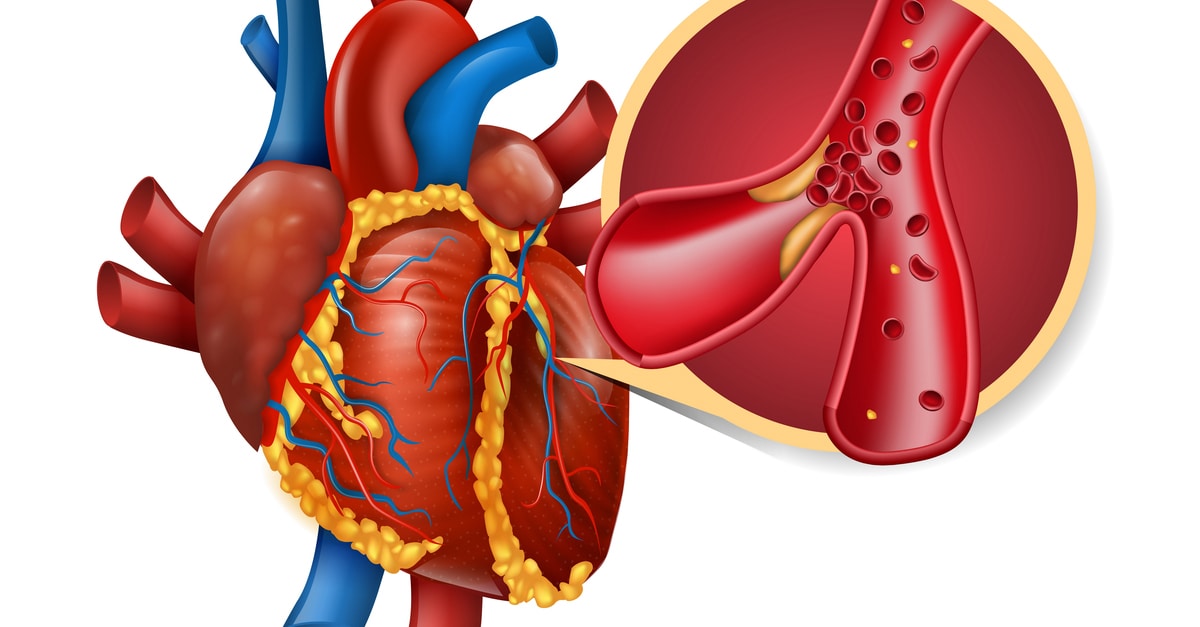By Dr Aswin Babu
The management of patients with ST elevation myocardial infarction (STEMI) has come a long way and thus remarkable improvements in morbidity and mortality has been achieved. In the most recent issue of the Journal of the American College of Cardiology (JACC), authors from the CCC-ACS (Improving Care for Cardiovascular Disease in China-Acute Coronary Syndrome) group based in China demonstrate an in-hospital mortality rate of 1.2% in patients presenting with a STEMI.
A total of 40,670 STEMI patients who presented within 24 hours of symptom onset from 2014-2019 were retrospectively analysed. Out of this cohort, 2.2% experienced an in-hospital cardiac arrest (IHCA). Fifty-five percent of inpatient deaths occurred in patients who had suffered from an IHCA.
The key factors that reduced the incidence of IHCA included undergoing primary percutaneous intervention (adjusted HR: 0.82; 95% CI: 0.71-0.95), being on beta-blockers (adjusted HR: 0.63; 95% CI: 0.47-0.86) as well as being on ticagrelor as the choice of the P2Y12 inhibitor (adjusted HR: 0.57; 95% CI: 0.42-0.76) within the first 24 hours of medical intervention.
Some of the other factors that predicted the likelihood of experiencing IHCA included: age > 75 years of age, female sex, being a non-smoker, prior diabetes mellitus, prior renal failure, heart rate > 100 beats per minute, systolic blood pressure < 90mmHG and Killip Class IV stage of shock.
Although the data is observational and has associated biases and confounding factors which cannot be accounted for, this study does highlight the importance of early revascularisation in the STEMI cohort as well the use of more portent P2Y12 inhibitors such as ticagrelor in an inherently sicker cohort of patients to improve morbidity and mortality. Furthermore, it once again reinforces the poor outcomes associated with patients in cardiogenic shock secondary to acute myocardial infarction.
Link to article – https://www.jacc.org/doi/abs/10.1016/j.jacc.2022.08.797

